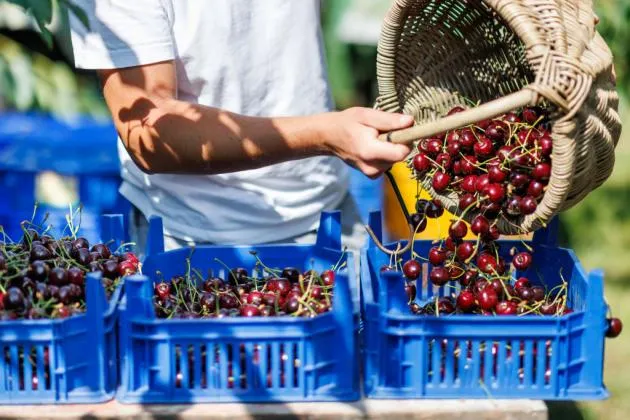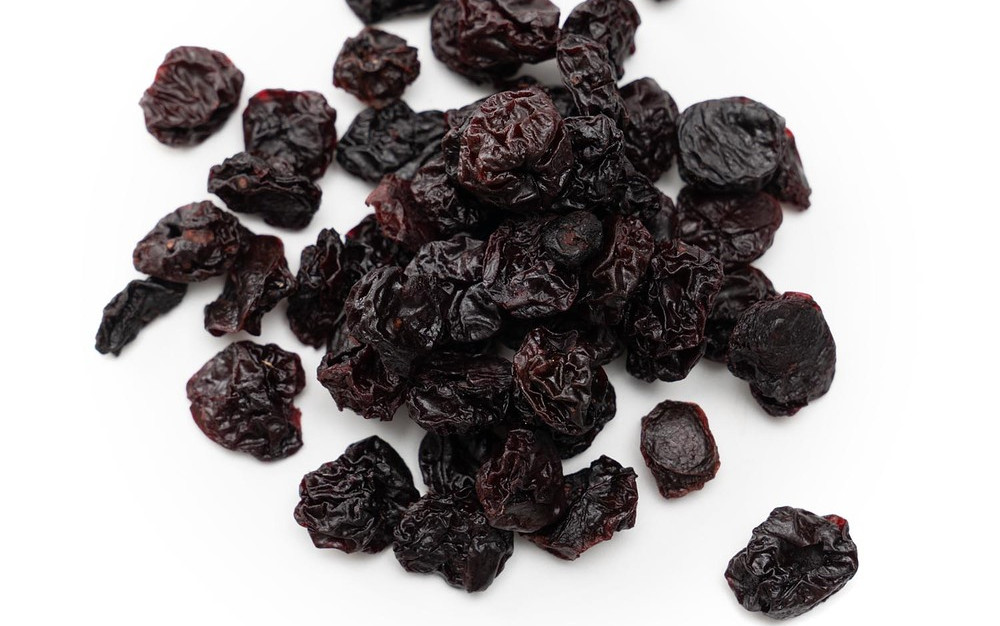Spain continues to open markets for its fruit beyond national borders. In 2024, until September, 5,004,938 tons were exported, a 9.5% increase compared to the same period in 2023, with a value of 7,379,203 euros, according to data from the Spanish Federation of Associations of Producers and Exporters of Fruits and Vegetables (FEPEX).
However, in 2024, records were also broken in certain sectors like stone fruits, as the value of these exports was 18% higher than the average and their volume 3.7% above average, according to the Ministry of Agriculture, Fisheries, and Food.
One of the fruits identified as having the greatest export potential is the cherry. According to the Food and Agriculture Organization of the United Nations (FAO), 70% of the world's cherry production is concentrated in 10 countries. In this ranking, Spain occupies the seventh position with an annual production of approximately 100,000 tons and a projected growth of 25% by 2025.

Currently, between 25% and 30% of cherry exports are destined for the European Union, but the sector aims to open a new market window in China. To this end, the Cherry Sector Roundtable, which brings together 70% of cherry producers, wants to “highlight the high capacity of Spanish cherries as an exportable product” and aims to make this the export protocol to negotiate between Spain and China.
According to the specialized media Fresh Plaza, this operation is part of those carried out in 2024 by the Ministries of Agriculture and Economy with over 16 countries to export more than 26 priority products.
In America, for example, negotiations have been conducted with Canada for cherry exports, with Colombia for persimmons, with Chile for citrus fruits and apples, and with the United States to allow the export of nectarines, peaches, plums, pears, and apples. In Asia, negotiations are underway with China to open its market to cherries, while with Japan, work is ongoing on citrus exports.
Source: Huffingtonpost
Image: Huffingtonpost
Cherry Times - All rights reserved













